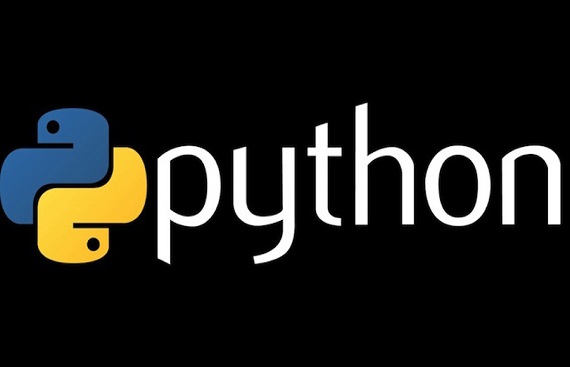The application of Python Programming in Data Science

Python is a programming language for which we can safely say that one size fits all. This open source language is used for several varied applications, with a number of tools being built specifically for Data Science. Therefore, analyzing data with the help of Python has never been easier.
Data Science, as you must have already heard, is touted to be the sexiest job of the 21st century. This is so because there has been observed a massive influx in the data both generated and retained by the companies. For your information, Data Scientists are the people who tackle this huge blob of data and decide what to do with it.
Needless to say, the demand for data scientists is increasing rapidly. McKinsey predicts that by 2018, there will be a 50% gap in the supply of data scientists versus demand. Data Science is a field which emcompasses different flavours in that one recipe which employs Data Analysis, Modeling/Statistics, Engineering/Protyping and more. These are also the functions that are integrated in the life cycle of a Data Scientist and is the litmus test for Data Scientists.
Now, the big question is, how do we get Python Programming to waltz with Data Science? How does using Python for Data Science become an important move?
Data Scientists, naturally look for viable options to untangle the big mass of data and choose the best data science tool. The choice, then, boils down to two popular languages, Python and R. The former is undoubtedly the emerging language out of the two and mostly used in data science applications. Even the tech giant Google used Python as the primary language to create their deep learning framework called Tensorflow. Production engineers in giants like Facebook and Khan Academy had also employed Python as a prominent language in their environment.
Click here for Python Programming Online Course
The other advantages of Python that makes it rank number 1 in data science tools is that it integrates well with most cloud platforms and supports multiprocessing for parallel computing, which in turn provides the distinct advantage of bringing large-scale performance in data science and machine learning. Also, Python can be extended with modules written in C/C++. Packages like NumPy, SciPy, and pandas demonstrate good results for data analysis jobs. Scikit-learn becomes the ideal alternate for machine learning tasks.
So when does Python become the perfect fit? According to a 2013 survey by analyst O’Reilly, 40%of data scientists used Python on a daily basis. What makes Python more alluring is also the fact that it is easier to learn compared to other data science languages like R. This is so because it has a easy-to-understand syntax.
Python scales ahead because it is flexible in solving problems compared to Matlab and Stata. Even YouTube migrated to Python, which in itself says that it has come good for different usages in different industries and creation of applications of all kinds.
Python also makes available a wide variety of data science/data analytics libraries like Pandas, StatsModels, NumPy, SciPy, and Scikit-Learn. This helps in creating better and modern tools with novelty and processing in Python.
The Python community rose like a phoenix from the ashes also due to its phenomenally widespread ecosystem. It also nails visualisation by offering varied options like Matplotlib, around which libraries of Seaborn, pandas plotting, and ggplot have been built. These visualization packages help you derive a sound sense of data, creation of charts and interactive and graphical plots.
Last, but not the least, the ‘wizard’ Python can also be used as a significant tool for machine learning to extract maximum value from data. Python as a data science tool explores the machine learning basics smoothly and efficiently.
For every math function, you have access to a Python package meeting the requirement. There is Numpy for numerical linear algebra, CVXOPT for convex optimization, SymPy for symbolic algebra, Scipy for general scientific computing and PYMC3 and Statsmodel for statistical modeling.
Clearly, the landscape of data science is changing rapidly, with tools like Python assisting it big time. Python has its strengths and weakness, yet, due to the ease and short learning curve that it offers, it has indeed reached zenith as the most popular data science language in the world.
Read More News :
Google to verify political ads in India ahead of 2019 polls (Lead)

.jpg)

